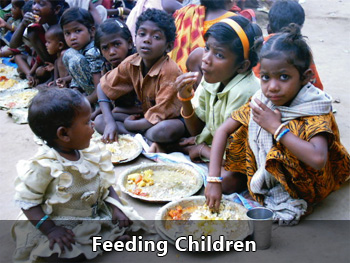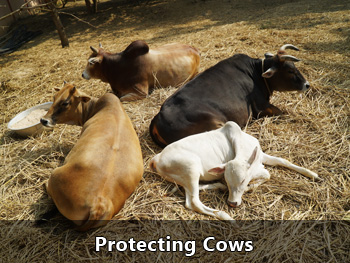(USA:CNN:MA) Officials, experts grapple with school lunch problem: Faulty standards, no enforcement and cost hinder efforts
Rate this topic

By
Guest guest
in The Vegetarian Forum
-
Top Downloads
-






Recommended Posts
Join the conversation
You are posting as a guest. If you have an account, sign in now to post with your account.
Note: Your post will require moderator approval before it will be visible.